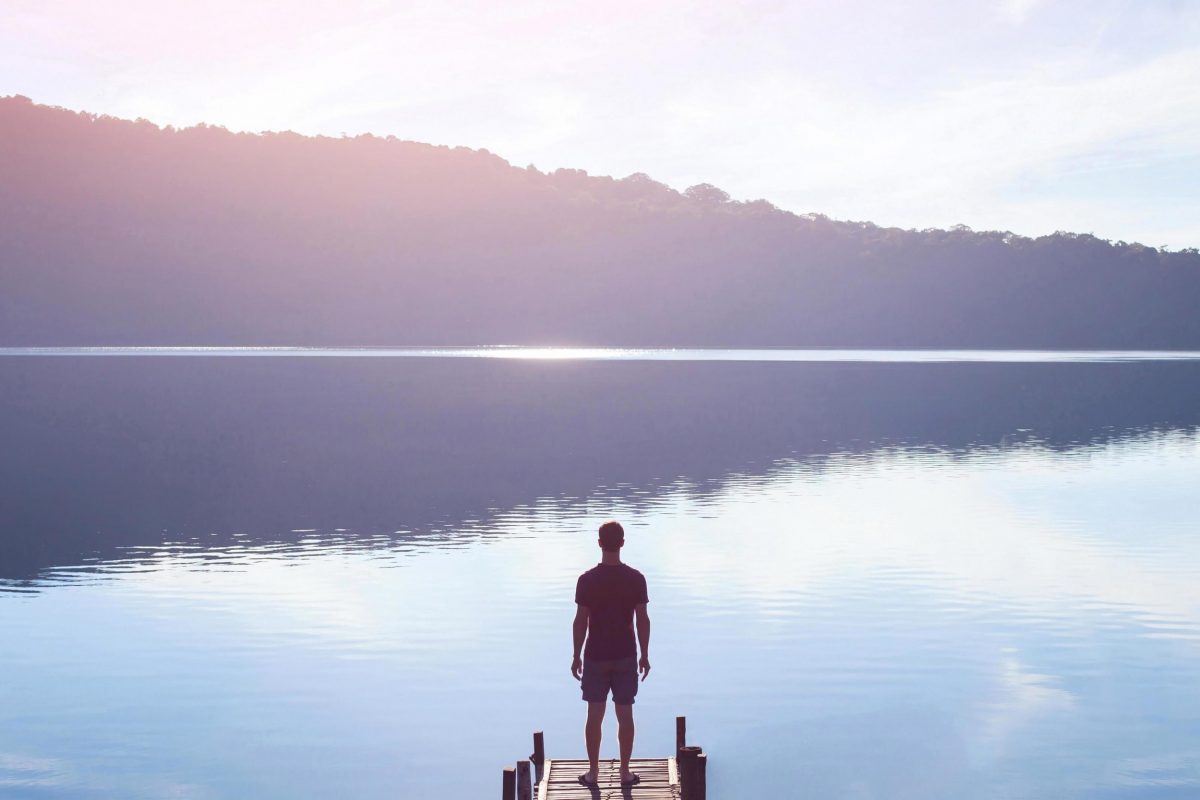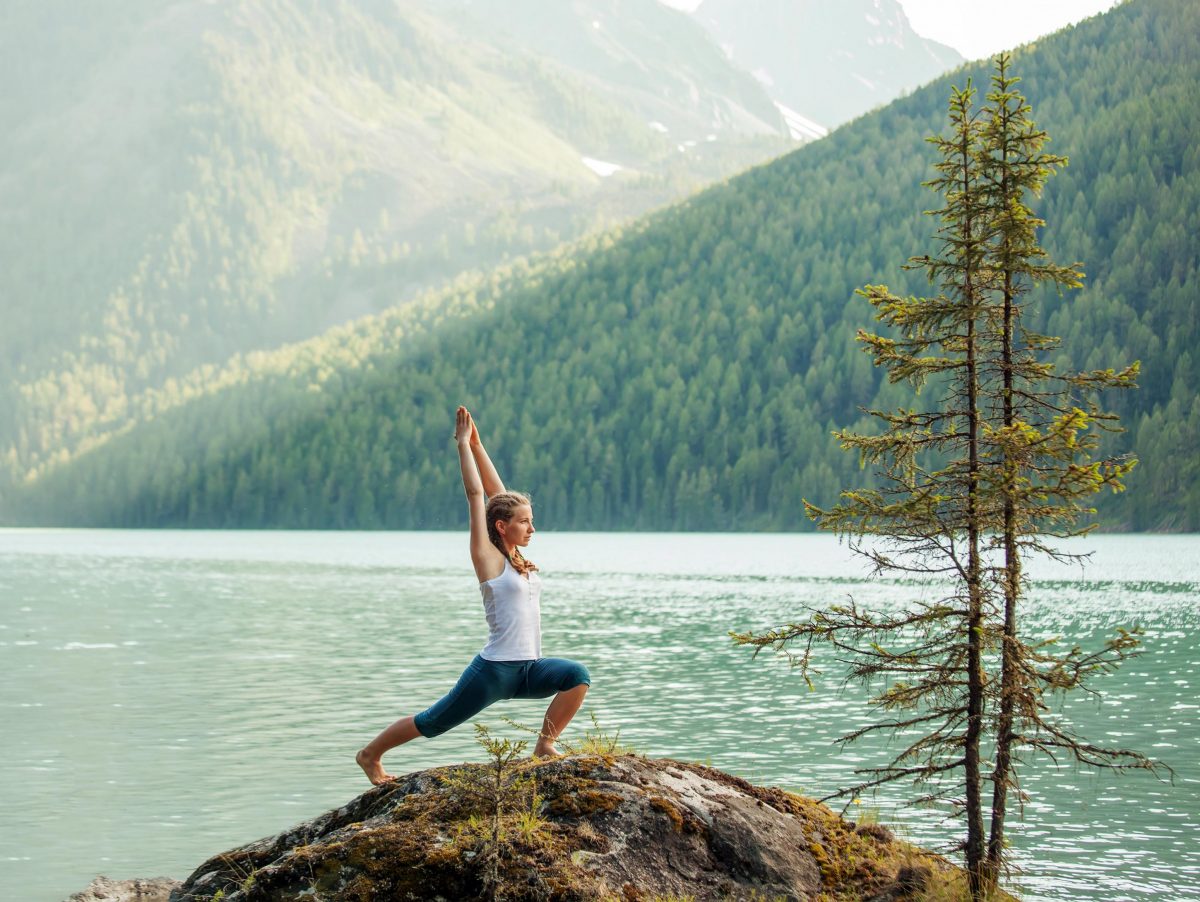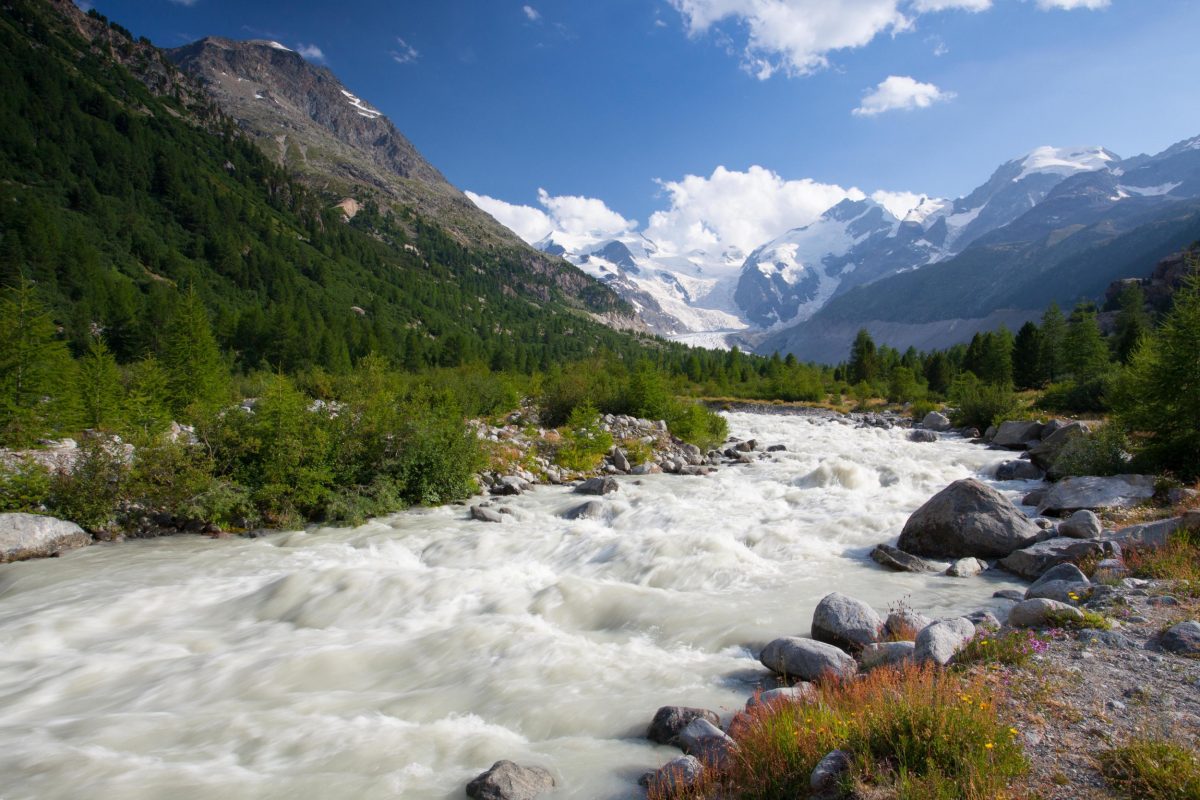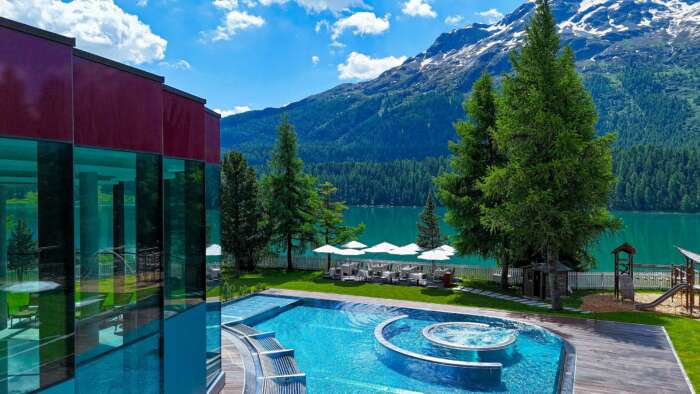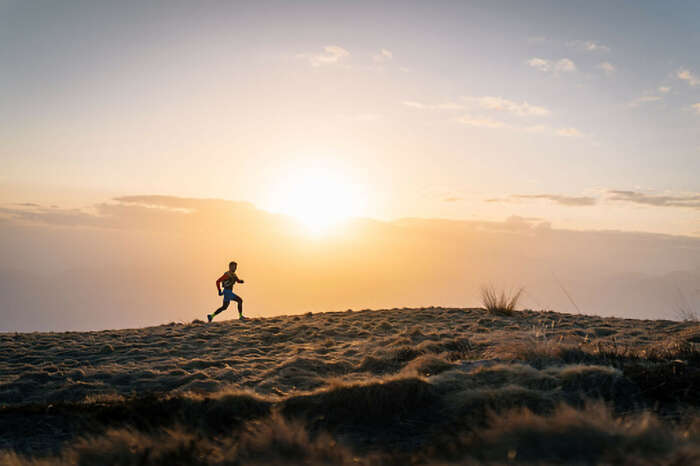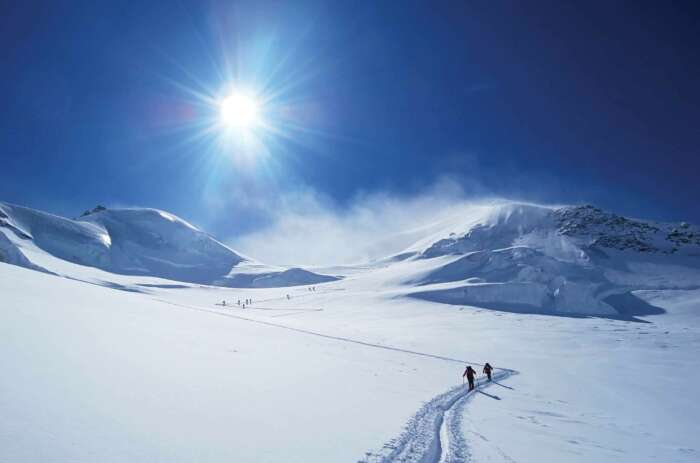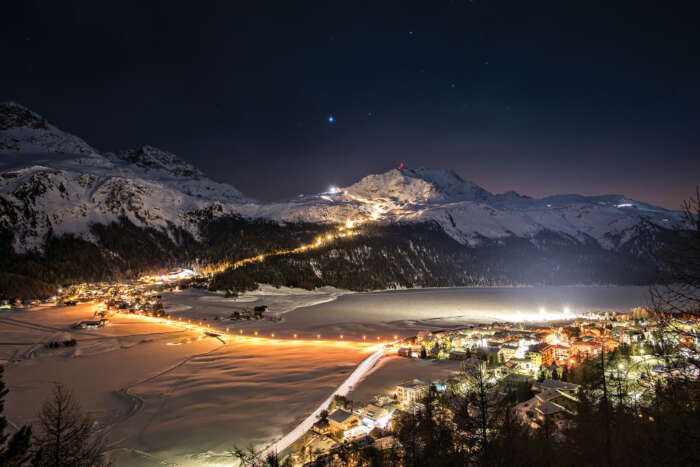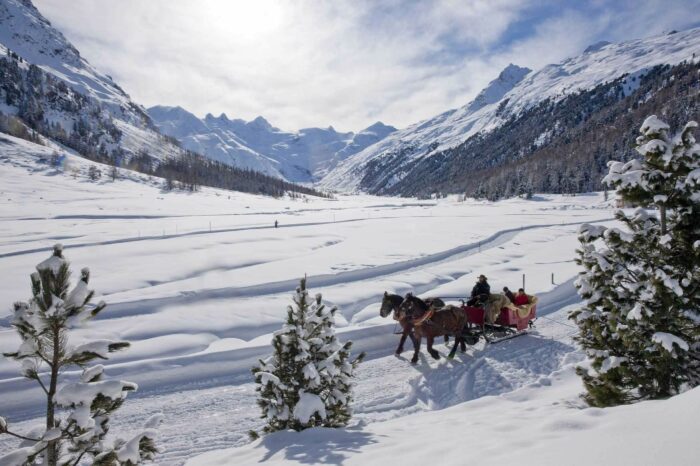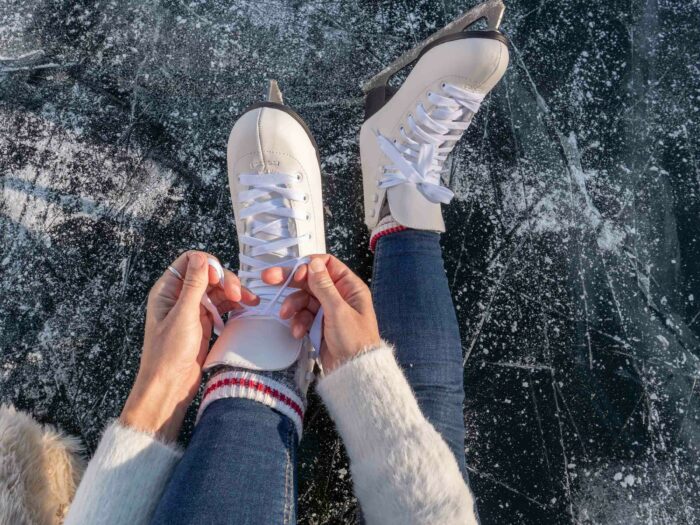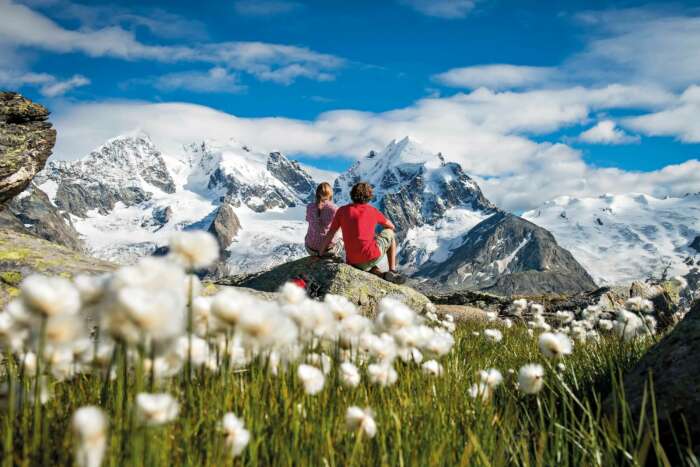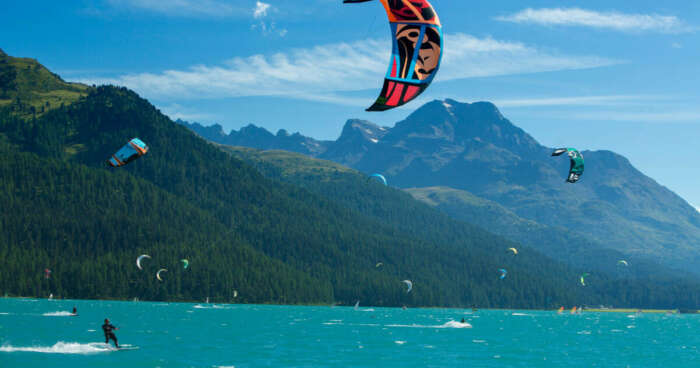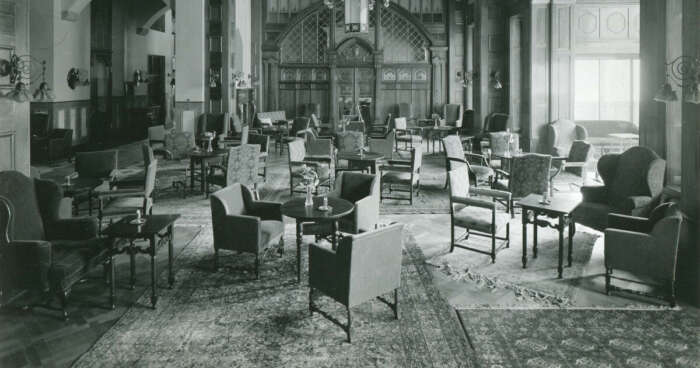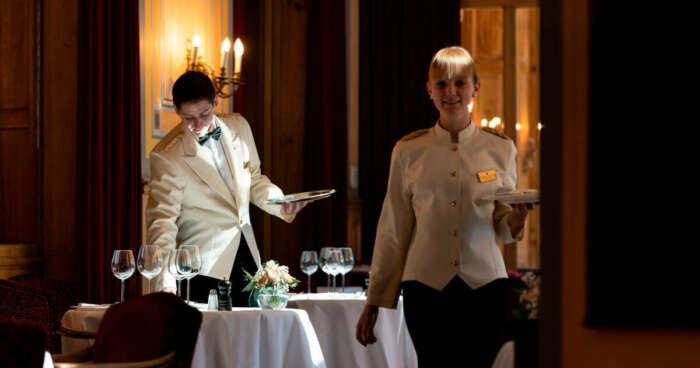“Thousands have lived without love, not one without water.” So wrote the poet WH Auden, perfectly encapsulating our relationship with water. For millennia, its location and supply have shaped our lives, from the places we build our homes to the crops we grow, from the work we do to how we travel.
Water makes up around 70 per cent of our bodies: no wonder that we are irresistibly drawn to lakes, rivers, streams and the sea as places with powers to heal and restore that we may not be able to explain but instinctively understand. Other water sources, such as the mineral springs of St. Moritz where Bronze Age visitors bathed 3,500 years ago, have ancient associations with easing pain and soothing troubled minds.
“One Canadian study suggests that living within 250 metres (656 feet) of water could potentially help to extend longevity”
Over recent years, evidence has grown of water’s role as a natural stress reliever, triggering brain and body responses that contribute to good mental, emotional and physical health. One Canadian study suggests that living within 250 metres (656 feet) of water could potentially help to extend longevity while UK researchers found that simply watching fish in an aquarium can reduce blood pressure and heart rate.
Therapeutic value
The surge in interest in water’s therapeutic value is no surprise to Martha Wiedemann, Associate Director at Badrutt’s Palace and Wellness Advisor at Palace Wellness. Water is a recurring theme at Palace Wellness, from the steam of the sauna and the central fountain to the spectacular infinity pool and outdoor pool, where guests can breathe the pure mountain air as they swim or dive – playful activities that reinforce water’s relaxing vibe.
“Because the pool is positioned in front of Lake St. Moritz, you almost have the illusion that you are in the lake”
The infinity pool is a very special way to bring the outside into a wellness environment. Says Martha Wiedemann: “It was visionary in the 1960s, when it was built. When we renovated the infinity pool at Badrutt’s 10 years ago, we introduced floor-to-ceiling glass – now it feels as if you can reach out and touch the mountains.
“Because the pool is positioned in front of Lake St. Moritz, you almost have the illusion that you are in the lake, which changes every day with the light and moisture in the air. You feel connected with nature through the beautiful view that surrounds you.”
Healing influence
While the science behind these beneficial effects is still being unravelled, US marine biologist Dr Wallace J Nicholls is passionate in his advocacy of water’s therapeutic value. His 2014 book Blue Mind continues to resonate with its exploration of water’s presence in achieving the ‘Blue Mind’, which he defines as a state of calm reflectiveness.
“Every year more experts of all kinds are connecting the dots between brain science and our watery world,” he says. “We’re talking prefrontal cortex, amygdala, evolutionary biology, neuroimaging, and neuron functioning that shows exactly why humans seem to value being near, in, on, or under the water.”
The presence of water, he says, taps into our neural maps and associated neurochemical reactions to calm busy minds, restore the power to focus and make cognitive creative activities easier: “And much of this optimum brain activity can start with a simple glance out the window or a walk by the shore,” he says.
He adds: “Time and time again, researchers have discovered that proximity to water strengthens the positive effects that environment has upon wellbeing.”
Health and wellbeing
While we may instinctively know water is good for us, the Europe-wide specialists who make up the EU-supported BlueHealth project are scientifically examining the impact on health and wellbeing of rivers, inland lakes and coastlines. As part of this, experts at the Barcelona Institute for Global Health reviewed 35 scientific studies and concluded there was indeed evidence that outdoor blue spaces had positive effects, including on mental health.
“People thought all nature was the same, but there are differences between green and blue spaces – blue spaces are thought to be more restorative when environments are compared”
Marine biologist Dr Jo Garrett, a Research Associate at the European Centre for Environment and Human Health, based at the University of Exeter in the UK, is a BlueHealth team member. She says: “There has been a fair bit of research regarding links between green space and health. But although people have long been going to coastal resorts for their health, blue space has only received recognition more recently.
“People thought all nature was the same, but there are differences between green and blue spaces – blue spaces are thought to be more restorative when environments are compared.”
Dr Clifford is now involved in analysing data from a BlueHealth survey of more than 18,000 people in 18 countries. Findings around how the varying benefits of different types of blue space, plus the contribution of factors such as activities people do there and the presence of wildlife, have the potential to influence health and other planning. “Hopefully, we’ll have findings before the end of the year and can get the word out to policymakers,” she says.
Magical lakes and mighty rivers
The survey may also shed light on the relationship of people to water in countries with no coastline. Switzerland may be landlocked but it is blessed with some 1,500 lakes, including St. Moritz, Geneva and Constance, and three mighty rivers – the Rhône, Rhine and Inn, lifeline of the Engandin and Lake St. Moritz.
The country is also blessed with mountains, clean Alpine air (so good, savvy 21st-century entrepreneurs sell it in bottles and cans) and sunlight associated health-giving properties: for decades in the 19th and 20th centuries, Switzerland’s sanatoria were world-famous.
The interaction of these different types of natural environments is also central to Palace Wellness’s Ayurvedic principles, as well as other activities so loved by Badrutt’s Palace Hotel guests, such as swimming, ice sports in winter or sailing.
As Martha Wiedemann points out: “We focus on four elements: sunlight, fresh air, earth and water. It is very important for all these elements to come together – they all need to be present for wellness.”
